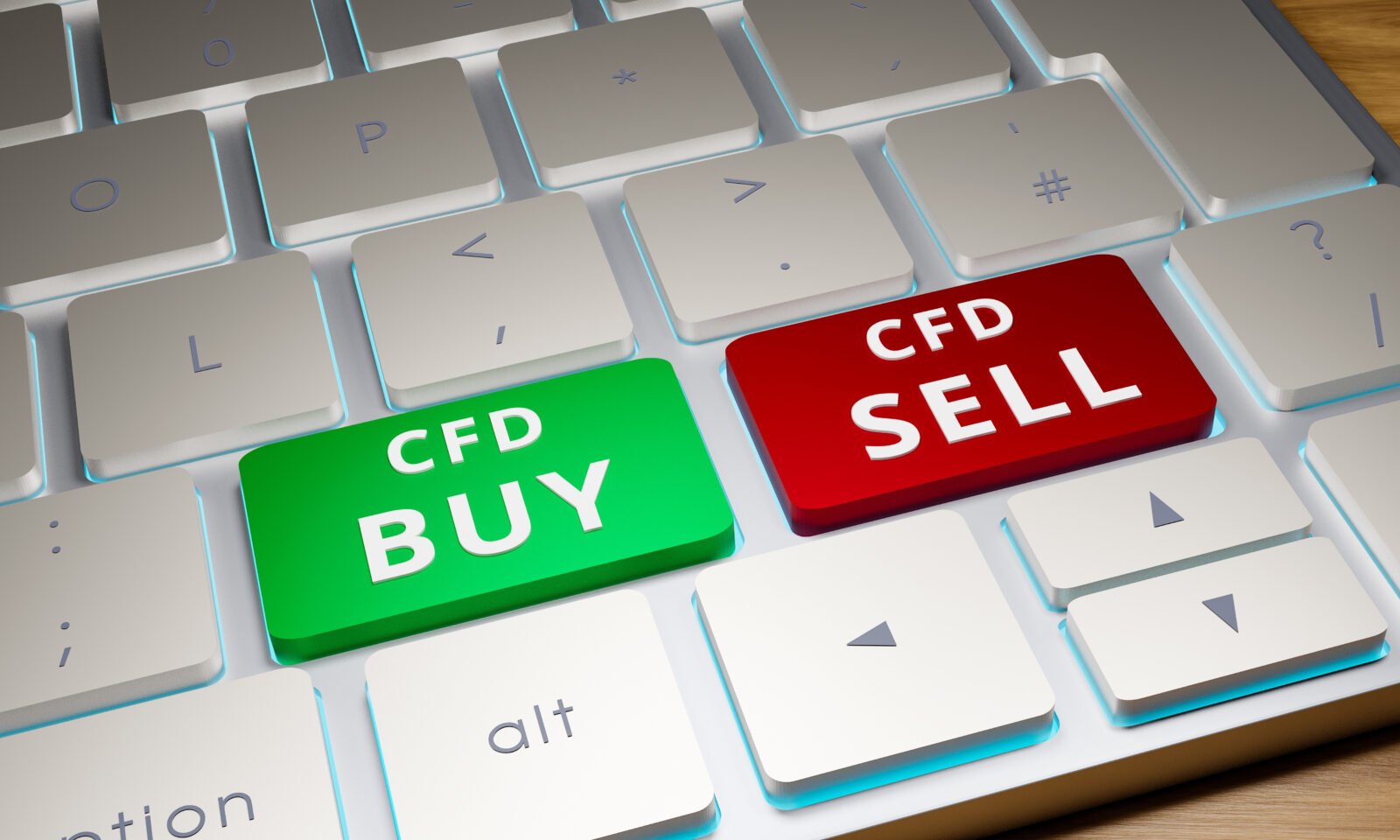Contract for differences (CFDs) is a type of financial instrument that provide open market access without direct asset ownership.
Traders place bets with brokers on price movements, then trade differences as positions gain or lose value. They obligate cash payments between parties, not physical shares or commodities. CFDs thus bypass the complexities of directly owning assets you’re speculating on. Using built-in leverage further minimizes capital requirements.
Nonetheless, with increased leverage comes a larger risk if positions experience losses. So, while enabling flexibility to speculate broadly—on stocks, currencies, indices and more—leverage is a double-edged sword. CFD trading demands active position management as markets can fluctuate. But as the benefits can outweigh the risks, investing in CFDs is worth trying. Read on for a more detailed discussion.
Asset classes available in CFDs trading
Every asset type has its behaviour, market influences and trading considerations therefore you should know the different classes and how they’re traded, here’s a more detailed discussion.
Stocks and shares
Stock CFDs offer exposure to stock price movements without needing to purchase shares. This enables going long when prices are forecasted to rise or short when they may fall. Because CFDs use leverage, large market positions when trading equities are possible even with limited capital.
The market movement for equities and stocks is mostly affected by corporate earnings, market sentiment, economic factors, and news events. Traders must account for how these dynamics may impact individual stocks. For instance, a positive earnings report may boost prices, while litigation issues could undermine investor confidence. Monitoring key company information is crucial when trading equity CFDs.
Understanding risk management tools like guaranteed stops and negative balance protection is likewise important when using leverage with equity CFDs. New traders should start cautiously with small positions to get comfortable managing risks before increasing position sizes.
Indices
Index CFDs provide a streamlined way to trade overall market sectors rather than individual stocks. It’s like trading a segment of the market, the whole market, or a basket of assets. For example, by tracking benchmarks like the S&P 500, traders gain exposure to a wider market segment with a single position. This simplifies trading while reducing transaction costs.
Indices offer traders both hedging and speculative opportunities. Short positions can offset potential losses in a portfolio, while long positions allow profiting from upward price moves. And because indices represent broad markets rather than single stocks, they tend to be less volatile. However, major news events and economic shifts can still trigger large price fluctuations.
When trading index CFDs, it helps to understand factors influencing entire stock sectors. For example, rising oil prices may impact airline and transportation stocks. Geopolitical instability may undermine investor confidence across regions and asset classes. By monitoring macro-level trends and risks, index CFD traders aim to time positions to profit from sector-wide moves.
Forex
Forex, or foreign exchange, involves trading currency pairs and speculating on the value of one currency against another. Forex CFDs are popular among traders due to the forex market’s high liquidity and 24-hour trading cycle. Traders can speculate on global economic events and interest rate differences between countries, which can influence currency values.
Macroeconomic factors like relative interest rates, inflation, central bank policies, employment rates, and GDP growth all influence currency valuations. Additionally, elections, civil unrest, changes in political leadership, and geopolitical conflicts can also impact currency stability in the short term.
Given the complex factors impacting exchange rates, some key skills are essential for forex CFD trading. These include staying up-to-date on international news events, monitoring economic calendars, analyzing charts using technical indicators, and managing leverage risks through careful position sizing. While volatile, the high liquidity and potential for strong trends make forex an attractive market for experienced traders.
Cryptocurrencies
Cryptocurrency CFDs allow traders to speculate on the price movement of digital currencies like Bitcoin, Ethereum, and Ripple without needing a digital wallet or dealing with blockchain technology directly. This relatively new asset class is known for its high volatility.
A 2021 report indicates that Bitcoin experienced an average of 4% change daily, while other cryptocurrencies, such as Solana, experienced up to 8% change daily. These levels of volatility are driven by market sentiment, technological advancements, regulatory news, and adoption by mainstream financial institutions and businesses.
Image Credits: Statista
Given the extreme price swings and the risks of cryptocurrency, they appeal mainly to short-term traders rather than long-term investors. Opportunities abound to profit from rising public interest and adoption. But sentiment can shift rapidly. By keeping coin holdings isolated from traders’ main portfolios and managing risk through stops and limits, cryptocurrency CFDs offer a safer way to gain exposure to this uniquely volatile asset class.
Commodities
Commodity CFDs directly expose raw material price movements spanning the energy, metals, and agricultural sectors. Oil, gasoline, natural gas, precious metals, soybeans, corn, wheat, and livestock are commonly traded commodities. Their prices depend heavily on fundamental supply and demand dynamics shaped by global production levels, weather patterns, transportation and storage costs, and geopolitical forces.
Trading commodity CFDs offers a means to profit from commodity volatility without directly dealing in physical assets. Because commodities strongly react to international affairs and macroeconomic shifts, CFD traders closely track relevant news flows worldwide. Events like storms disrupting drilling operations, conflicts threatening transportation routes, and crop forecasts predicting shortfalls influence commodity markets.
Traders aim to leverage CFD flexibility to quickly take long or short positions reacting to impactful developments that precipitate commodity price swings. The depth of factors affecting commodities requires constant information gathering and analytic skills. But for attentive traders, explosive moves make commodities an attractive sector.
Bonds and interest rates
Bond CFDs provide exposure to sovereign and corporate debt instruments without directly owning the bonds. Because government bonds are viewed as virtually risk-free, while company bonds carry higher risk premiums, their yields and price behaviors diverge. Bond CFDs mirror these dynamics, allowing traders to profit from rising or declining economic health indicators and resulting shifts in credit risk appetite and reward expectations.
Central bank monetary policies also profoundly impact bond CFDs by setting key interest rate benchmarks in debt market pricing models. When major central banks raise rates, they lift bond yields market-wide, negatively impacting prices. Conversely, rate cuts stimulate borrowing and lending activity, which may boost flagging bond markets depending on economic conditions. This presents opportunities for CFD traders to react to impactful central bank decisions and price movements trendytarzen.
Conclusion
CFDs cover diverse assets like currencies, commodities, stocks, and bonds without direct ownership. Their speculative leverage means big potential rewards and risks requiring prudent position sizing. Profiting from CFDs involves understanding fundamental factors driving individual asset prices spanning macroeconomics, corporate actions, and market volatility.







Leave a comment